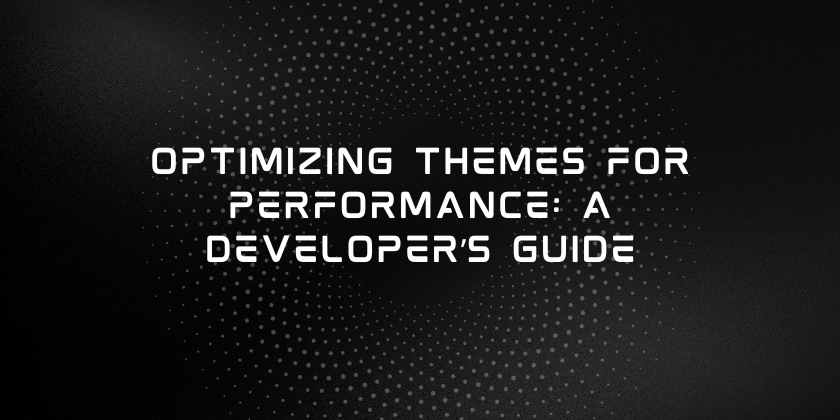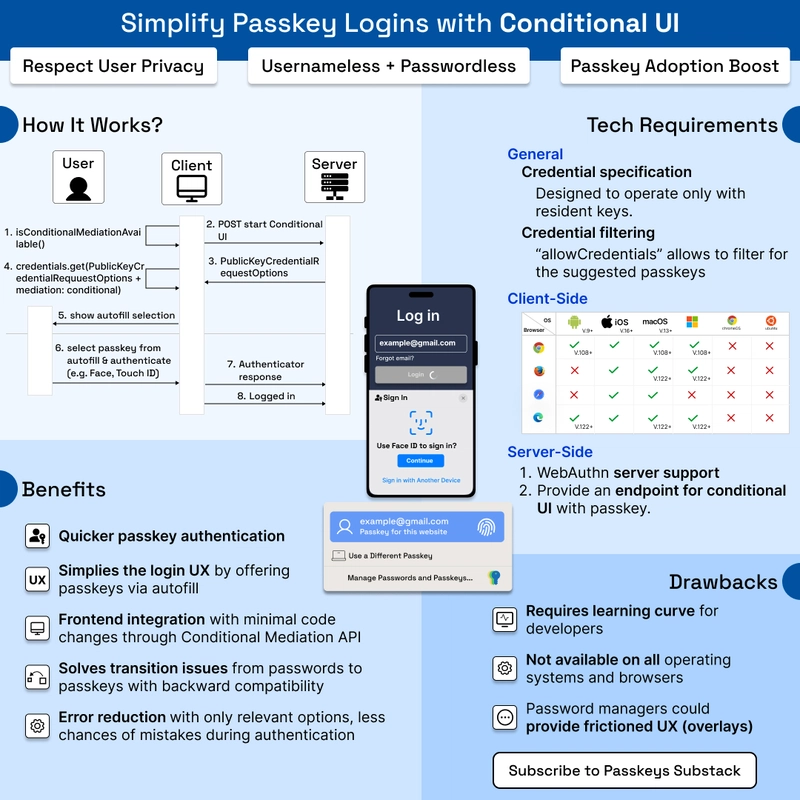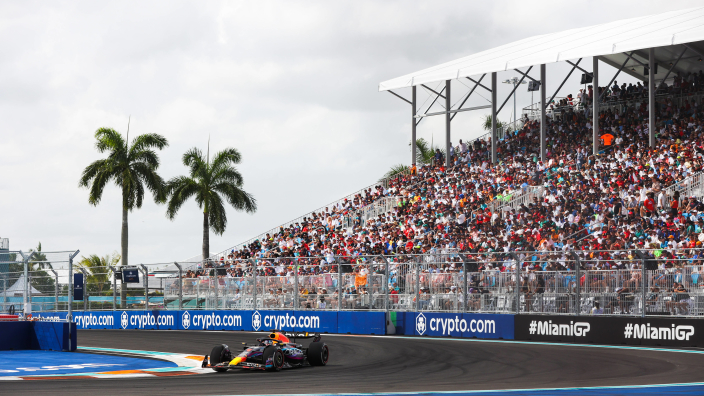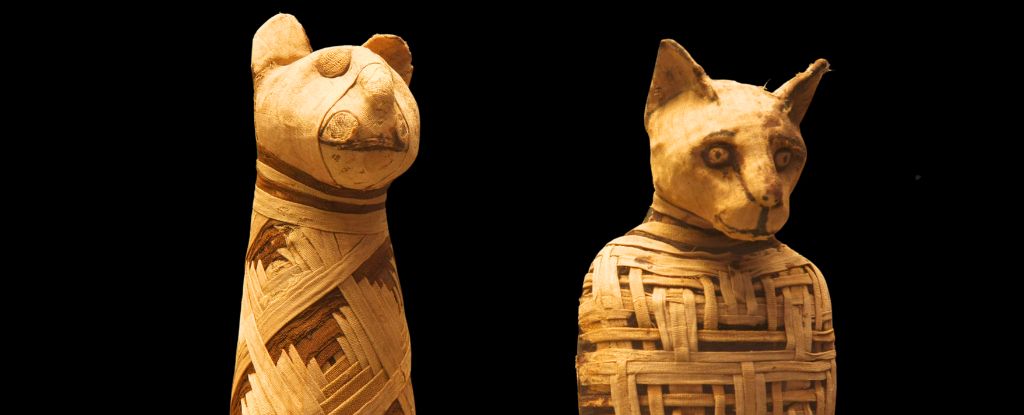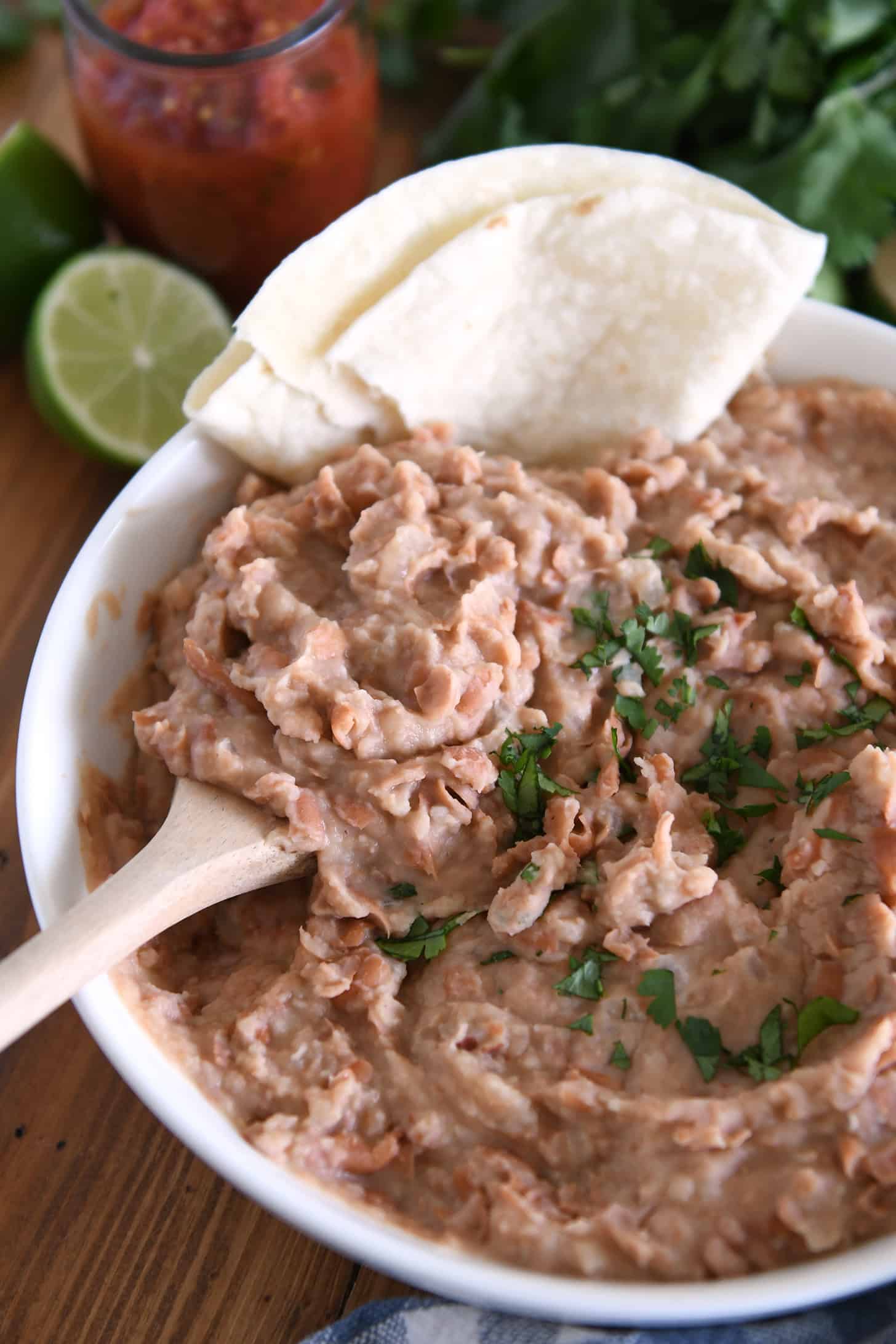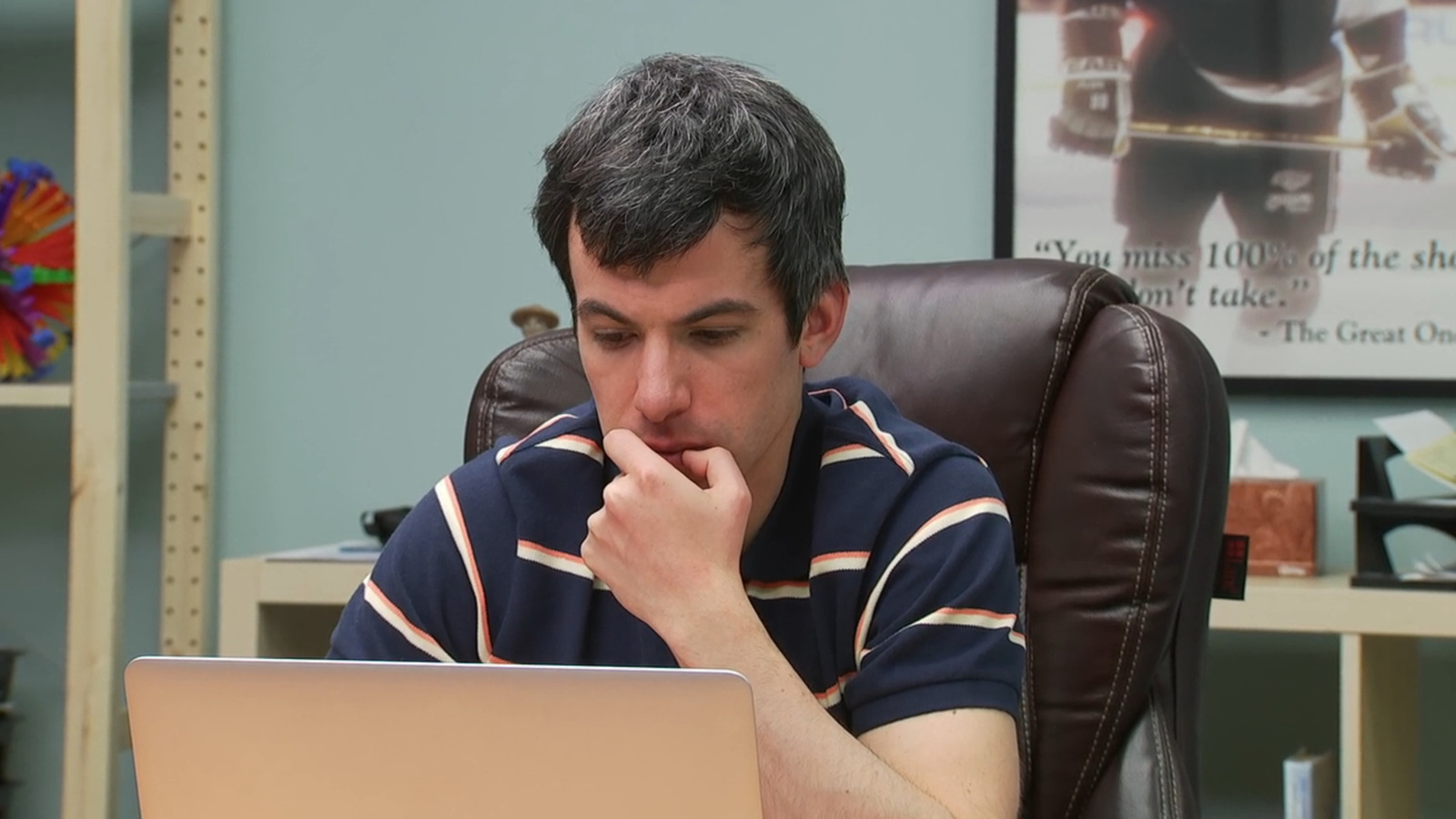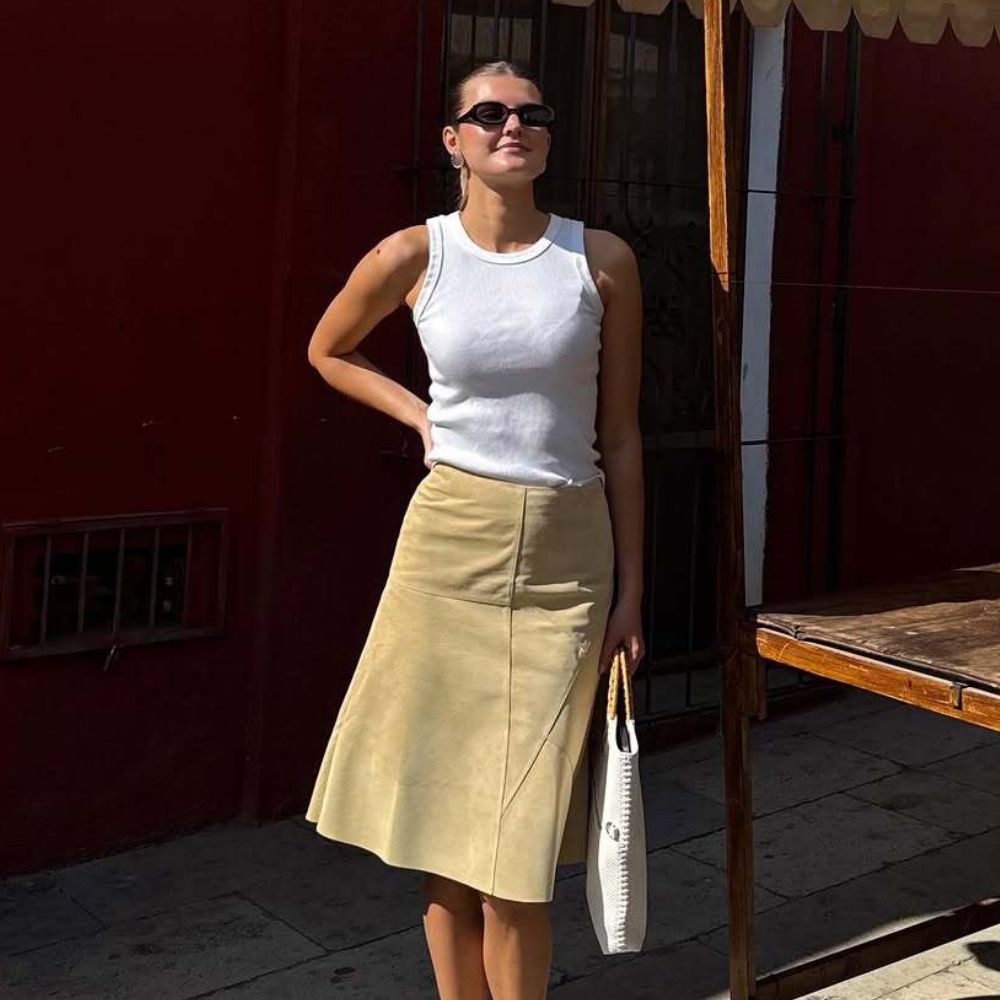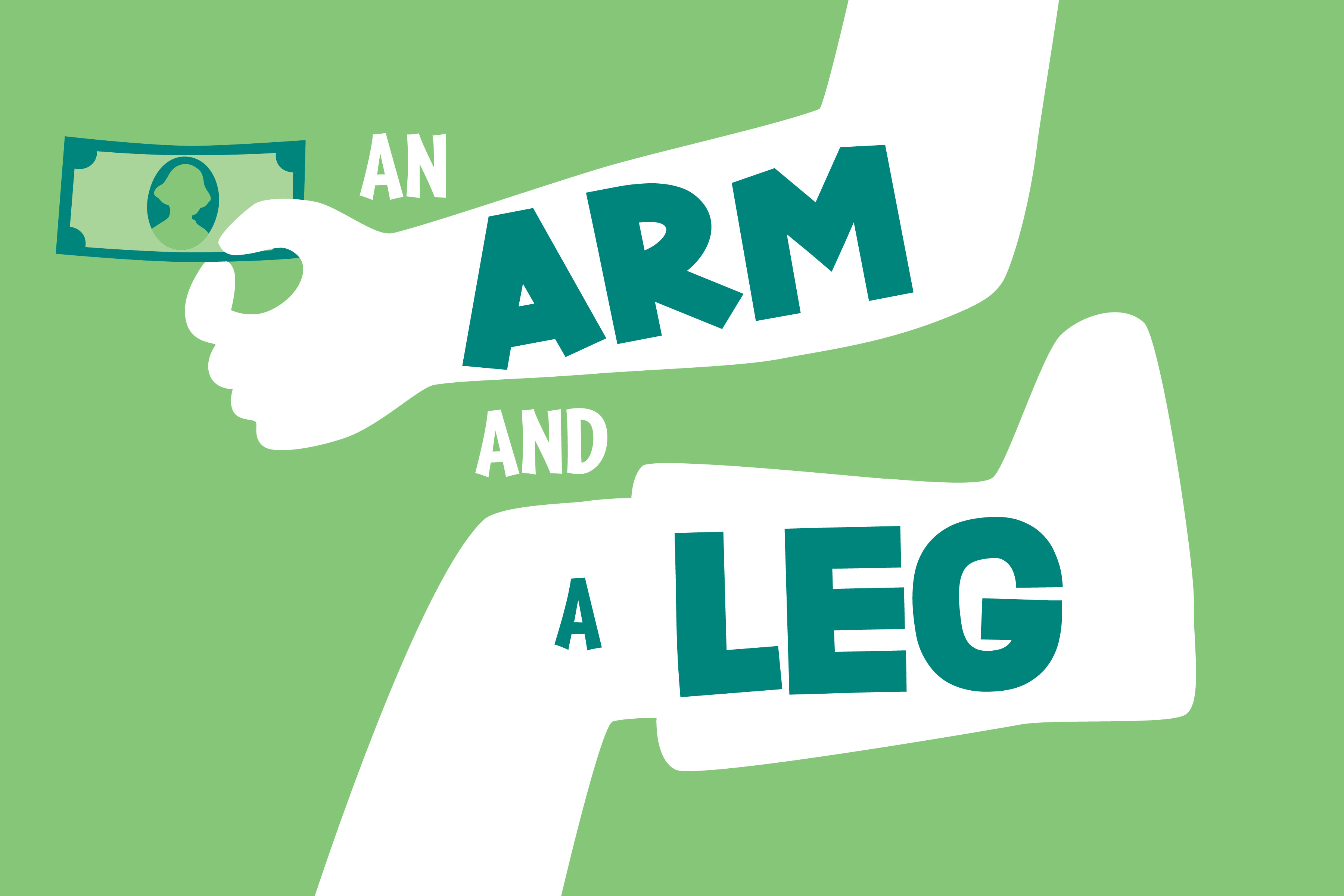This Ancient Stretching Technique Speeds Up Recovery Overnight
It's "like a cozy blanket for your body."

The fitness industry is booming, and recovery is one of its fastest-growing sectors. From trending supplements to high-tech massage tools, there’s no shortage of options promising to speed up recovery. But sometimes, the simplest strategies deliver the biggest results. Prioritizing protein, getting quality sleep, and working in regular mobility or stretching, especially with yoga moves like pavanamuktasana, can make a major difference in easing sore muscles and keeping your body moving at its best.
"Pavanamuktasana (wind-relieving pose) is a simple yet accessible asana that I often teach in my classes," certified yoga teacher and founder of YogaBasics.com, Timothy Burgin, says. "It is a calming and soothing pose that I usually incorporate at the end of a challenging sequence. The compression created by hugging the knees into the chest while using slow diaphragmatic breathing deeply massages the abdominal organs."
Related: Should You Do Cardio Before or After Weights? Here’s What Trainers Recommend
How Pavanamuktasana Works to Speed Up Recovery
According to Kelly Isaac, the co-owner of ID Hot Yoga, pavanamuktasana is like a cozy blanket for your body. The movement works in a few different ways. For starters, it compresses the hips and back to flush out lactic acid and deliver necessary nutrients to muscles. Plus, it lubricates the joints by increasing the flow of synovial fluid, easing stiffness.
"Better blood flow means your muscles get all the nutrients they need to repair themselves—think oxygen and amino acids," Isaac says. "Reducing tension lowers your cortisol levels, allowing your tissues to rebuild more efficiently. And let’s be honest, a good night’s sleep boosts growth hormone production, which is crucial for healing and reducing inflammation. It’s like giving your body a VIP pass to recovery!"
How to Perform Pavanamuktasana
- Lie on your back with your legs extended and arms at your sides, to start.
- Inhale and bend your right knee, drawing it toward your chest.
- Wrap your hands around your shin or hamstring, just below the knee.
- Keep your left leg extended and grounded (or bend it if that's more comfortable).
- Gently pull the knee in closer to your belly.
- If you want a deeper stretch, lift your head and chest, bringing your nose toward your knee.
- Hold for 5–10 deep breaths, feeling your belly rise and fall.
- Release slowly and switch sides, or hug both knees in for a sweet variation.
- To finish, give your legs a nice hug and rock side to side if it feels good.
When Should I Perform Pavanamuktasana?
According to Isaac, the best time to perform pavanamuktasana will depend on your goals.
"Honestly, do it whenever you can," she adds. "Post-workout, it helps cool down your body, flush out muscle waste, and ease tension. Before bed, it preps your nervous system for deep, restorative sleep as it triggers recovery mode. So, whether you do it after your workout or as part of your bedtime ritual, you’re giving your body some serious love!"











